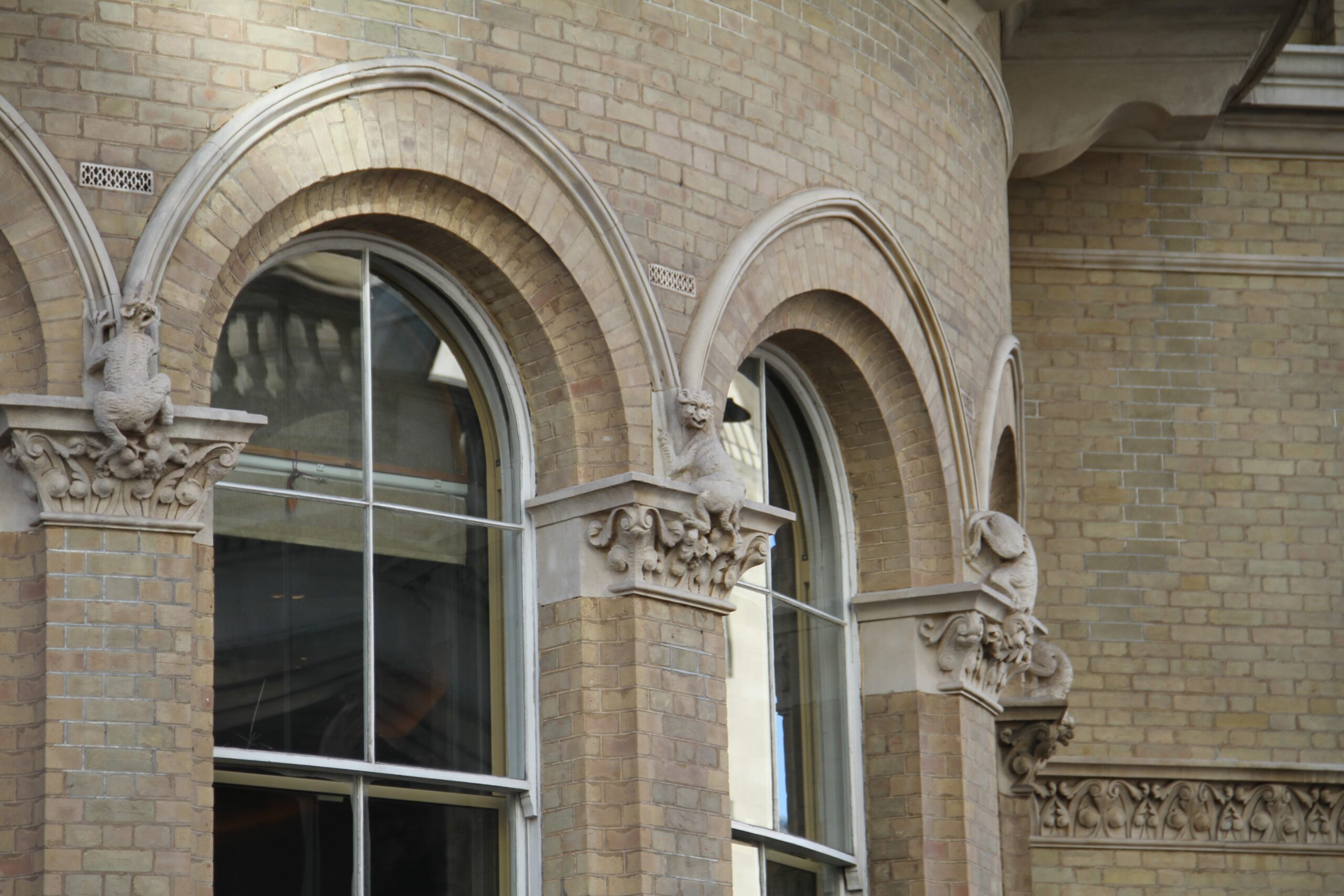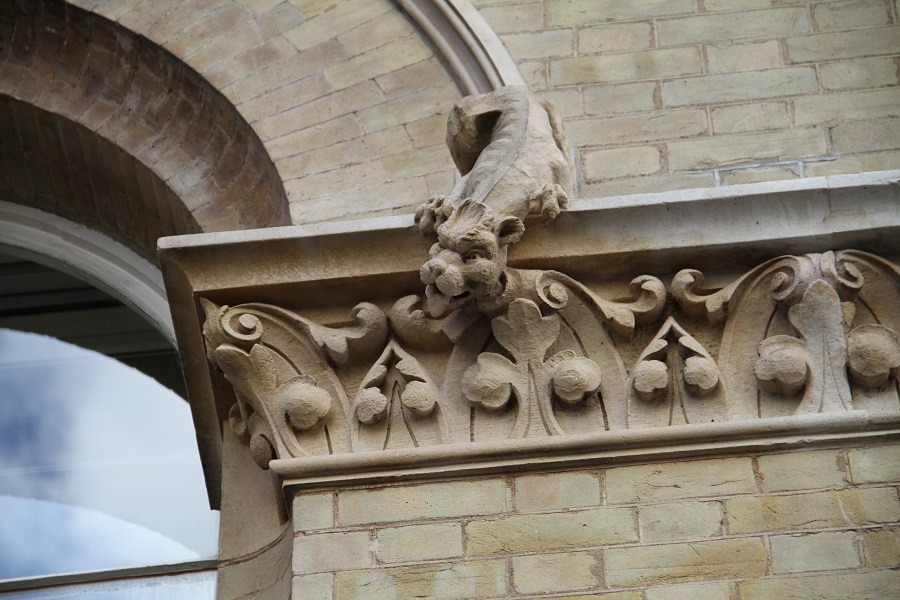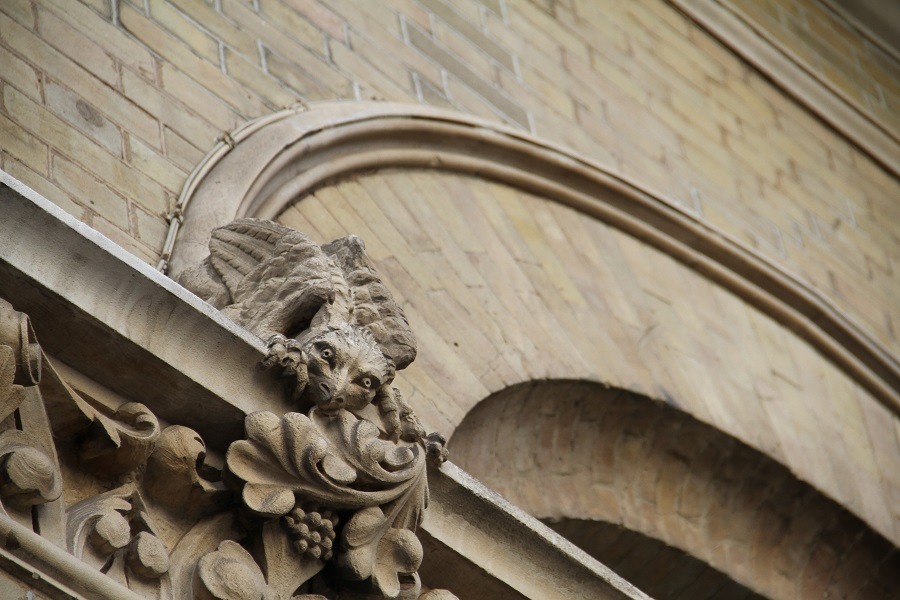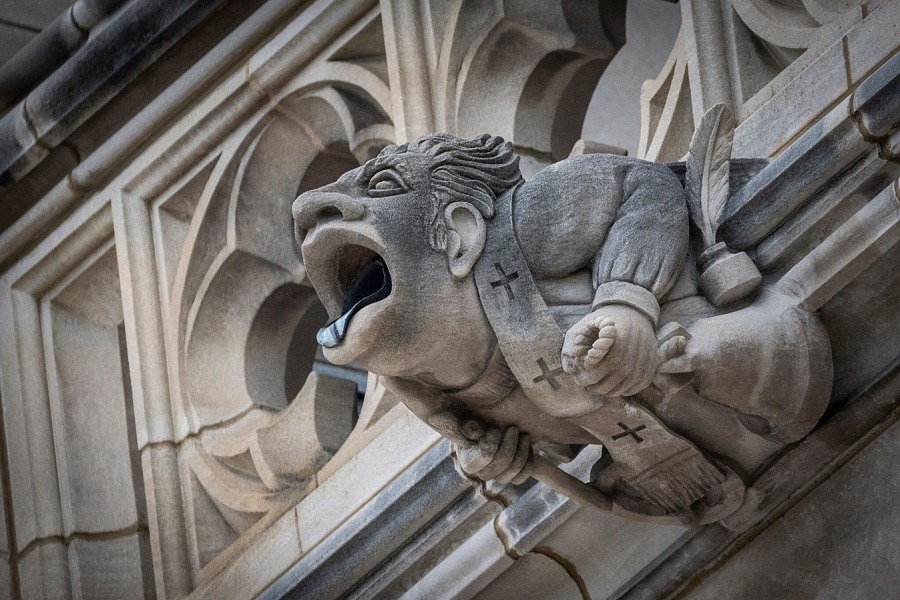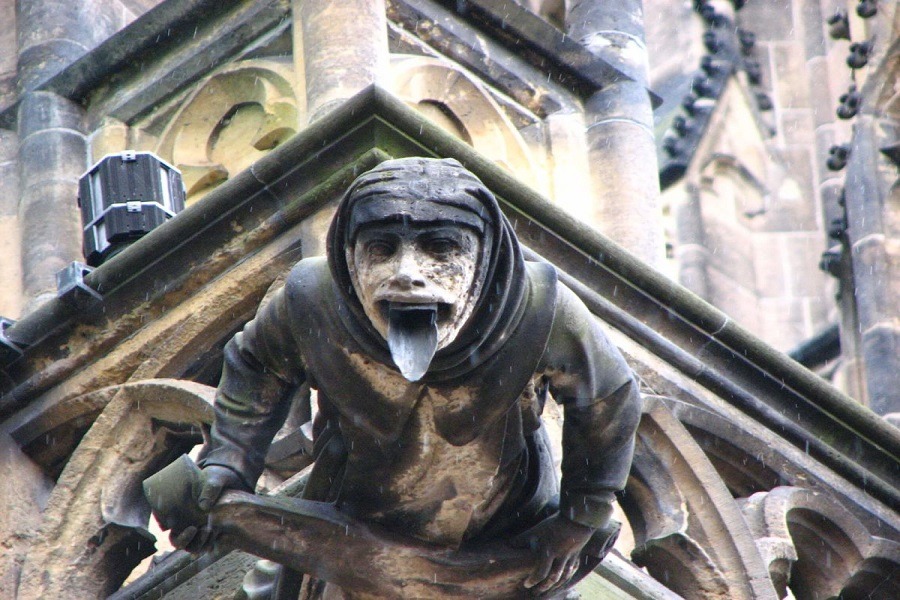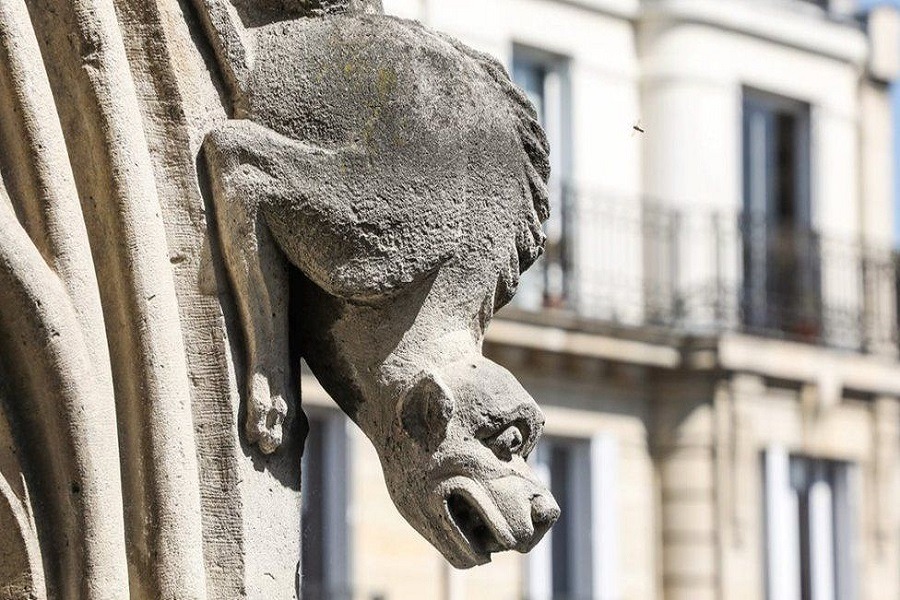Gargoyles & grotesques – the devil is in the detail
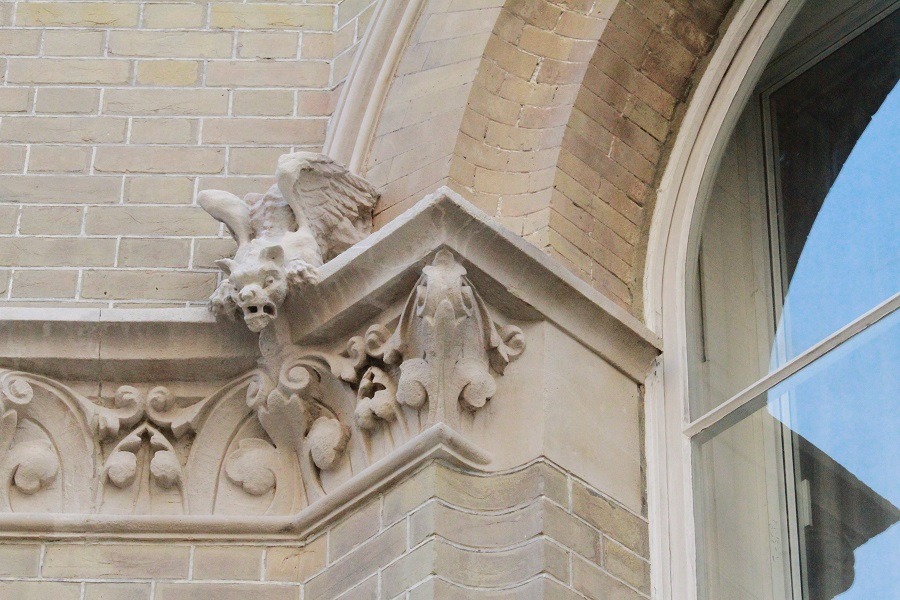
How façade gommage® helps restore historic gargoyles and grotesques to their original “beauty”
Although gargoyles and grotesques are most commonly associated with the building of cathedrals and churches across Europe from the mid 12th century to the start of the 16th century, they actually originate much earlier. The practice of adorning buildings with decorative, creature-themed water drain spouts dates back several millennia – including examples from ancient Egyptian, Roman and Greek architecture. The oldest, a stone crocodile in Turkey, is thought to be 13,000 years old.
The word “gargoyle” is derived from the French gargouille, meaning throat. The purpose of these elaborately detailed, bizarre and often hellish church carvings was two-fold – firstly, to remind parishioners of the perils of non-attendance and secondly, to provide a channel for rainwater to track away from the building, thereby protecting its façade. Some nine centuries later, those very gargoyles are now part and parcel of the historic façades that London-based restoration specialists Thomann-Hanry® seek to preserve.
Carved into the stone corbels, keystones and friezes on many historic buildings, gargoyles and grotesques (the latter being simply a carved creature with no practical drainage aspects) invariably feature intricate detailing and fine craftsmanship. As such, they are less suited to water- and chemical-based cleaning processes, calling instead for a gentler technique that respects their finely contoured integrity.
The above are grotesques spotted at The Langham London façades.
façade gommage®, patented by Thomann-Hanry®, is the ideal solution. Projecting fine, inert powders under compressed air across masonry and stonework surfaces, the process gently rubs off decades of accumulated grime, lifting it away for recycling – and revealing the structure beneath as it first appeared.
Compared to water- or chemical-based alternatives, façade gommage® offers a more thorough, complete clean. Moreover, this gentle, low-pressure process is kinder to delicately carved features and fine detailing than high-pressure water systems. Working without scaffolding from platforms and MEWPs also enables the company’s restoration experts to carry out essential post-clean survey works in a less disruptive and more timely manner. In this way any structural defects, which could otherwise deteriorate, unseen and obscured under layers of dirt, can be identified and remedied earlier.
Many of the company’s recent projects showcase the restorative effects of façade gommage® on historic gargoyles and grotesques. These include The Langham in London and Chetwynd Court at Kings College, Cambridge, whilst works on Somerset House, on the banks of the Thames, feature equally ornate and detailed carvings, brilliantly brought back to life by façade gommage®.

